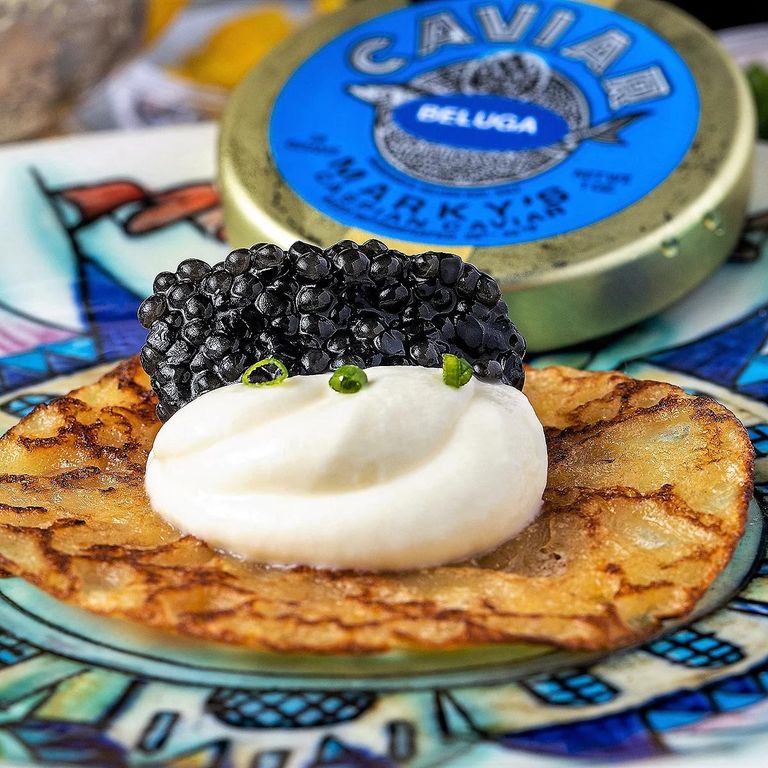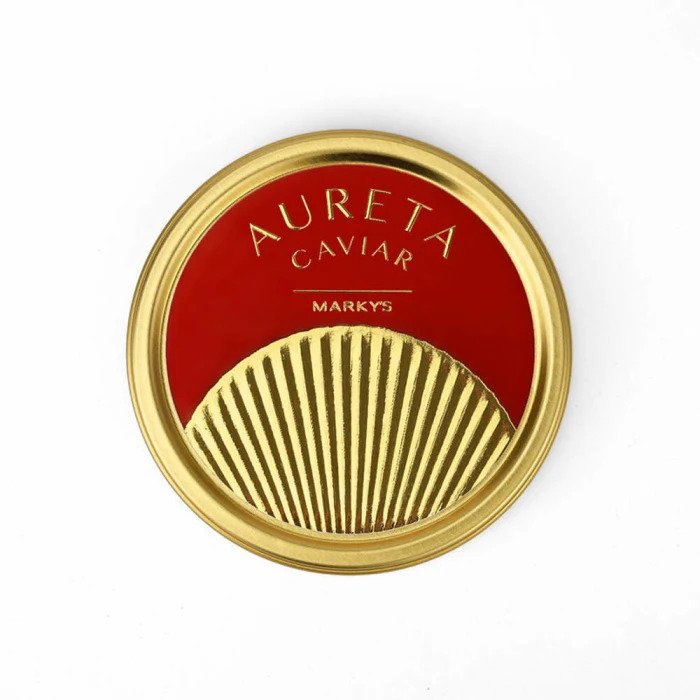Hamming it up - Jamon Iberico has arrived - Florida Table magazine of good taste
Category : Food Stories, Party Ideas, Recipes, Press Room |
Posted : Jan 1, 2001
Hamming it up - Jamon Iberico has arrived - Florida Table magazine of good taste
From the winter issue of Florida Table magazine of good taste
WINTER 2008/2009, p.31-33
Jamon Iberico has arrived — after 10 years of waiting.
BY BILL CITARA

Alfhough many people consider prosciutto the ultimate iconic ham — produced from a special type of pig bred in a few specific regions of Italy — there is another ham that is stealing the show these days: jamon serrano. And while much of that ham has long been available to American consumers, the finest Spanish hams have been denied import into the United States. Until now.
Late last year, the ban on the importation of jamon Iberico was lifted for a single producer, Embutidos y Jamones Fermin. Now, one of the prides of the very proud Spanish cuisine is only the click of a mouse away.
In their basics, jamon serrano and jamon Iberico are much the same. Pigs are butchered, and their hind legs and shoulders are coated with salt, typically for one to three weeks. The salt is then washed off, and the hams are hung in rooms (either naturally or artificially cooled) to age, which can take one to five years.
Beyond that, there's a world of difference That difference begins with the pig itself, says Olga Kolker, purchasing director for Miami-based gourmet foods purveyor Marky's (687 N.E. 79th St., 800/522-8427). Serrano ham comes from the white domesticated pig fed the usual piggy meal of grains and grasses. Iberico hams are produced from the native Spanish breed of pig called "pata negra" ("black foot"), with the very best hams — Iberico de bellota — the product of pigs that have gorged on acorns, doubling their weight during their final months of fattening.
Both jamon Iberico and jamon Iberico de bellota are made from the hind legs of the pata negra pig, as technically only hams from that part of the animal are entitled to be called "jamon." Hams made from the front leg of the pig also include the word "paleta"; they're somewhat smaller, less marbled and slightly lower in quality.
What held up the importation of Iberico hams was simple: federal regulations. There were no Spanish production facilities approved by the U.S Department of Agriculture. To many jamon producers, it seemed hardly worth the effort; Iberico hams constitute a tiny fraction of Spanish hams, and their cost is considerable. But, with pricy foreign imports like Beluga caviar and Kobe beef finding substantial niches in the American market, Embutidos y Jamones Fermin decided to try. It only took 10 years.

Marky's purchasing product coordinator
Sarah Freedman-Izquierdo with Jamon Iberico Ham
Sarah Freedman-Izquierdo with Jamon Iberico Ham
The wait, though, seemed to heighten demand. Marky's purchasing product coordinator Sarah Freedman-Izquierdo says, "At the price, I thought we'd have problems [selling the product], but it was going so fast we kept running out. Now we're up to our necks in Iberico ham."
Why?
Well, you just have to taste it (see below). With its extensive marbling, Iberico de bellota "looks exactly like Kobe beef," Kolker says. It "tastes just like Kobe," too, and "melts in your mouth like butter."taste test
Nothing quite illustrates the difference between good, very good and knock-your-socks-off-delicious as tasting jamon Iberico against its competitors. As jamon Iberico de bellota (from the hind legs of the pig) was unavailable at this writing, we opted for the next best thing, Iberico de bellota paleta (from the front legs/shoulders of the same acorn-fed pigs).

Jamon Iberico Belotta Ham
IBERICO BELLOTA: Almost the color of mahogany and not only ringed with luscious-looking fat but streaked through with it. Iberico bellota, even if only (!) from front legs of the pata negra pigs, is simply one of the very finest things you can ever wrap your gums around. The word "savory" doesn't begin to describe the deep, rich, unconscionably meaty flavor, with a faintly nutty character from the pigs' acorn diet. And, while the salt used in the curing process is undeniably present, the meat itself never tastes salty merely well-seasoned. The texture, too, is Kobe-like. Silken and delicate, each slice literally melts in your mouth.
JAMON IBERICO: Deeply bronzed, with meat that looks rich and finely grained with fat that's whiter and, well ... fattier. Jamon Iberico lacks the marbling that makes bellota special, so it doesn't have that transcendent flavor and texture.

Jamon Iberico Ham

Serrano Ham
SERRANO: Much like prosciutto, though a shade or two darker. The difference between Iberico hams and generic serrano is profound. Though serrano displays the characteristic meaty flavor, it is one-dimensional and aggressively salty by comparison, with a stiffer, chewier texture.
PROSCIUTTO: Pale, almost pinkish, next to the trio of Spanish hams. In texture, it's similar to serrano, but its flavor is lighter, sweeter, less porky.

Prosciutto Ham
5 ways to enjoy Iberico ham
SARAH FREEDMAN-IZQUIERDO SHARES HER RECIPE IDEAS
1 Slice a warm baguette in half lengthwise and then in half crosswise; spread each quarter with black truffle butter, and layer with thin slices of Iberico.
2 Cut julienne strips of Iberico from thin slices. Add to Julia Child's recipe for scrambled eggs made with heavy cream.
3 Spoon 1/2 cup cooked cannellini beans on a bed of fresh spinach leaves. Top with 1 piquillo pepper and slices of Iberico.
4 Sautèe diced Iberico with diced onion, garlic, Italian parsley and piquillo pepper in olive oil. Use this base to sautèe shrimp, scallops and squid separately. Put each in separate bowls. Shove mussels and clams into rice, sprinkle with sautèed seafood, and bake 5 or 6 minutes.
5 Carve a piece of Iberico, eat a piece, carve a piece, eat a piece — repeat as desired.
https://floridatable.com













